Avoid a $10K Power Stroke Catastrophe: Solving The Frequent Failure Points Of Ford’s Best-Selling 6.7L Diesel
Since replacing the 6.4L Power Stroke, and the problematic 6.0L Power Stroke before that, Ford’s 6.7L Power Stroke has been a significant force in the world of diesel trucks. Not only has it been ultra-reliable (helping to revive the Power Stroke brand), but it’s also offered class-leading power figures for much of its production run. At present, the 6.7L Power Stroke enjoys a reputation for being the most reliable diesel engine available in a late-model pickup—even besting the legendary Cummins name in the modern era in terms of overall durability. However, that doesn’t mean Ford’s V8 diesel is bulletproof.
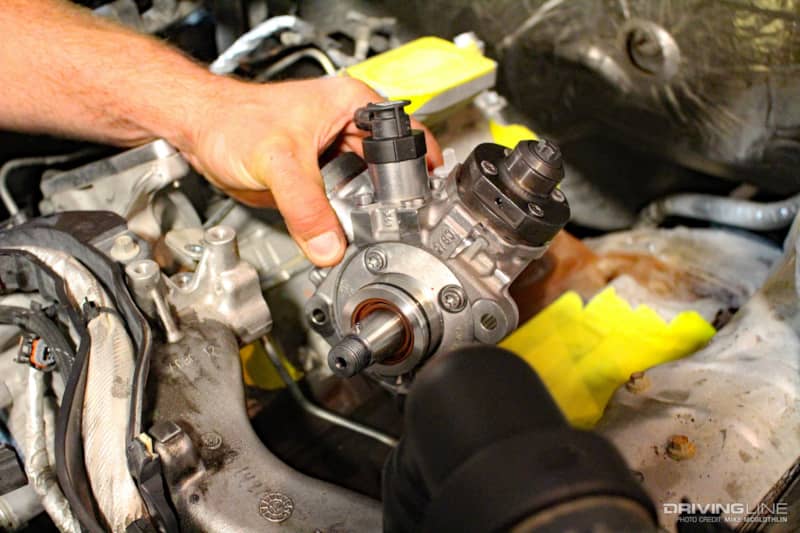
In fact, the 6.7L Power Stroke’s one Achilles Heel, its high-pressure fuel pump, packs the potential to wreck the entire fuel system if it fails. Other sizeable shortcomings include turbocharger failure on early models, the highly common blown cold-side intercooler pipe and leaking secondary fuel filter. In order of severity, we’ll tackle each of these issues below. Then, we’ll provide a permanent solution(s) for them so you can put these frequent Power Stroke problems where they belong: in your rearview mirror. If you own an ’11-present Super Duty that runs on diesel, keep reading.
A Highly Reliable Engine—In America’s Best-Selling ¾-Ton And Larger Truck
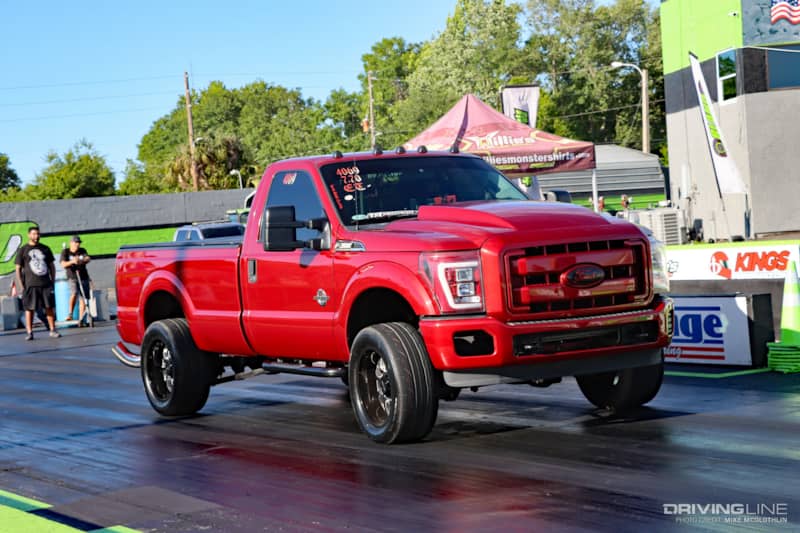
Of the 750,000 F-series trucks Ford sold last year, a solid chunk of them were Super Duty’s—and the bulk of those Super Duty’s were equipped with the automaker’s 6.7L Power Stroke diesel. Additional incentive for 2023 models included the available high output version, which increased the V8’s horsepower to an unprecedented 500 hp and torque to a gargantuan 1,200 lb-ft. Best-in-class accolades and top-of-the-mountain sales figures has all but become an annual occurrence for the Ford camp, whose loyal customers have come to expect the kind of durability and performance the 6.7L Power Stroke provides. Still, no engine is perfect…
Weak Link #1: High-Pressure Fuel Pump

Starting with the worst, we begin with the 6.7L Power Stroke’s CP4.2 high-pressure fuel pump. The twin-piston Bosch pump, which is responsible for pressurizing fuel as high as 30,000 psi, is notorious for self-destructing. And when it comes apart, metal debris flows out to the fuel rails, and is often sent through the engine’s expensive piezoelectric injectors. Worse yet, the fuel system’s return circuit is also contaminated, with the fuel tank, fuel supply (and return) lines and even the lift pump requiring replacement and/or cleaning. It’s a failure that, while it may only occur on 1-percent of all engines, costs upward of $10,000 to fix.
CP4.2 Disaster Prevention
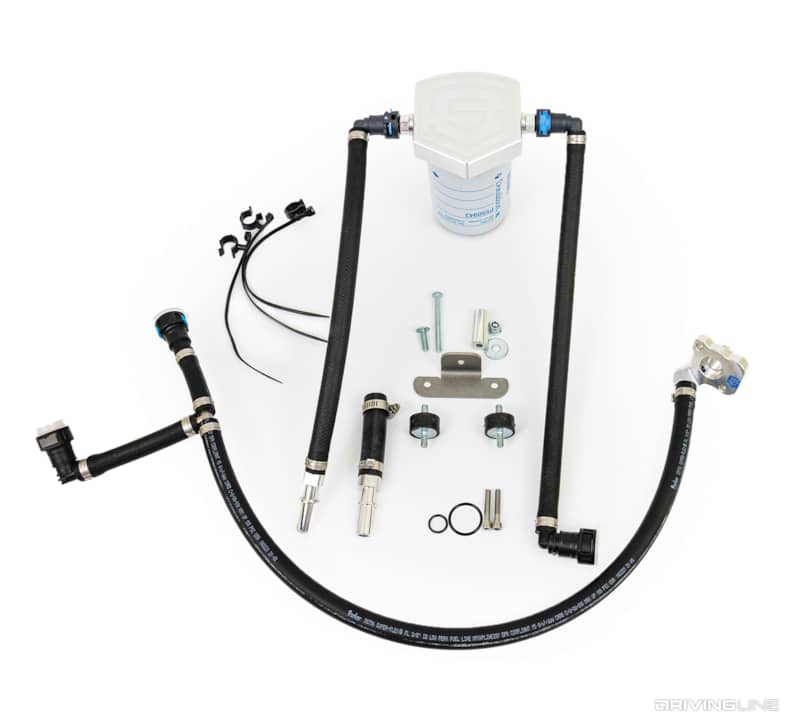
For very minimal investment, S&S Diesel Motorsport’s Gen2.1 CP4 disaster prevention kit can save you thousands in the event your 6.7L Power Stroke’s high-pressure fuel pump checks out. Its design supplies both the CP4.2 and its metering unit independently with clean, filtered diesel fuel and reroutes the CP4.2’s case fuel back to the tank. This keeps the fuel injectors, rails and lines from seeing any pump debris (a return filter isolates debris before fuel flows back to the tank). The disaster prevention system utilizes OE-style, quick-connects for a simple install, fits all 6.7L Power Stroke engines (’11 to present), is CARB-compliant and even improves CP4.2 fuel output beyond 3,000 rpm.
The Permanent Solution For CP4.2 Failure
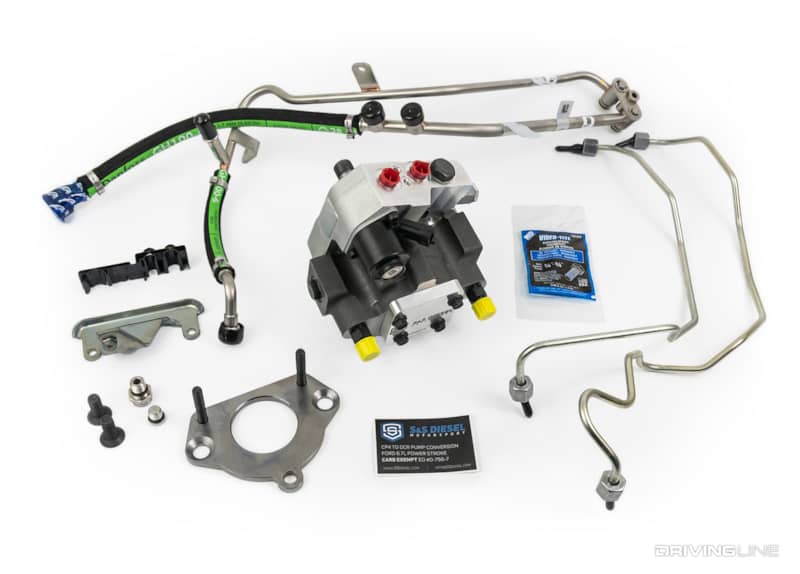
Years ago, 6.7L Power Stroke owners had no alternative to the CP4.2 high-pressure fuel pump. Today, S&S Diesel Motorsport’s CP4 to DCR pump conversion offers them ultimate peace of mind. Co-developed with PurePower Technologies (the aftermarket division of Stanadyne), the company’s system replaces the problematic Bosch CP4.2 with a DCR high-pressure fuel pump. Boasting a different and more robust internal design, the twin-piston DCR unit benefits from patented eccentric drive pumping technology, a pressure-lubricated camshaft and bushings and a corrosion-resistant FCA (i.e. fuel metering unit). Better yet, it too is CARB-compliant and supports improved performance (thanks to a 25-percent increase in displacement over the CP4.2). This is the end-all, be-all solution for the problematic CP4.2.
Weak Link #2: Turbocharger (’11-’14 Models)
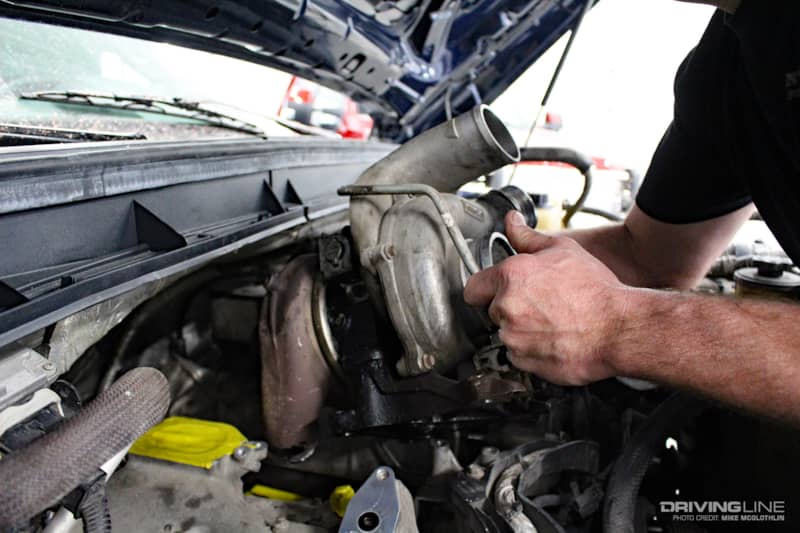
Before CP4.2 pump failure took over as the 6.7L Power Stroke’s Achilles Heel, turbo death was arguably more common. On first-generation engines, the Garrett GT32 SST became infamous for overspeed failure. Equipped with dual 43mm (inducer) compressor wheels on a common shaft, a relatively small (for this class of engine) 64mm (inducer) turbine wheel and of a variable geometry design, the tiny Garrett can see shaft speeds in excess of 150,000 rpm. And even though it’s graced with an electronic wastegate, it isn’t enough to bleed off all the drive pressure created at those turbine speeds. The ball bearing center section simply can’t endure the stress.
Turbo Solution(s)
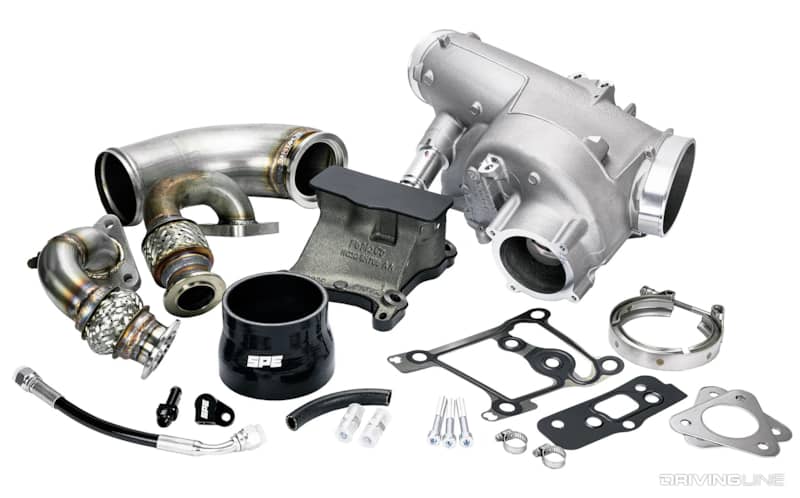
If you like options, there are both factory and aftermarket solutions for the OEM ’11-’14 6.7L Power Stroke turbo. Going the factory route, you can install a ’15-’19 unit, the Garrett GT37, essentially using 100-percent OEM, second-generation engine parts (SPE Motorsport’s retrofit install kit is pictured here). The GT37 retains VGT functionality but sports a bigger turbine wheel and a larger, single compressor wheel. It sees lower shaft speeds and rarely overspeeds. The aftermarket path typically points toward the use of a fixed geometry turbo, and namely one of the many popular off-the-shelf BorgWarner S300 or S400’s. These conventional style turbochargers are rock-solid reliable and, like the GT37, can support considerably more horsepower than the restrictive factory VGT on ’11-’14 engines.
Weak Link #3: Intercooler Pipe
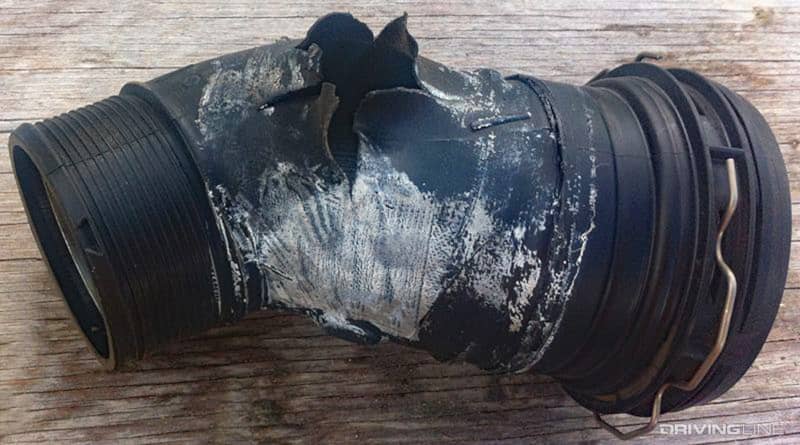
Downwind of the turbo on a 6.7L Power Stroke, the cold-side intercooler pipe—which routes boost from the engine’s air-to-water intercooler toward the heads—is well-known for failing. The factory piece is infamous for becoming brittle over time, often cracks under boost, and some of them even explode. It’s a common failure for both ’11-’16 engines and ’17-current versions (as well as in both modified and completely stock engines), and when it strikes you’ve got a giant boost leak. Like all modern turbocharged diesels, the 6.7L Power Stroke is heavily reliant on boost pressure. When the cold-side intercooler pipe blows, your ’11-present Super Duty is all but dead in the water.
A Stronger Pipe
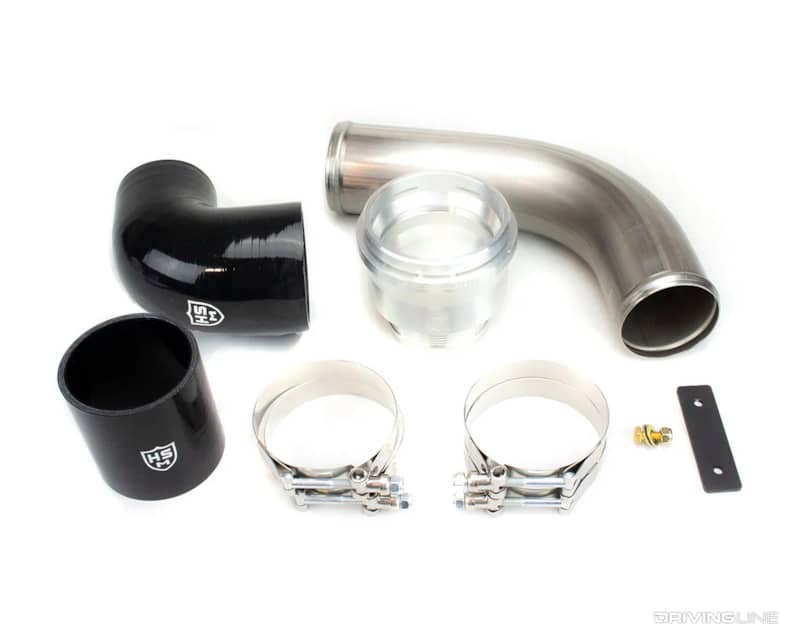
As you can imagine, it definitely pays to address the factory cold-side intercooler pipe before it fails, and the diesel aftermarket is loaded with replacement options. A lot of companies offer comprehensive kits, complete with a high-quality, stronger metal pipe to replace the factory tube, but also with a bead rolled on the end to ensure the intercooler boot won’t slip off under boost. Another kit, offered by H&S Motorsports, uses a stainless-reinforced, multi-ply silicone hose as a direct replacement—a piece that’s rated for high heat and triple-digit boost. Some aftermarket cold-side intercooler pipe replacement systems also feature an adapter assembly for the factory throttle body.
Weak Link #4: Upper Fuel Filter
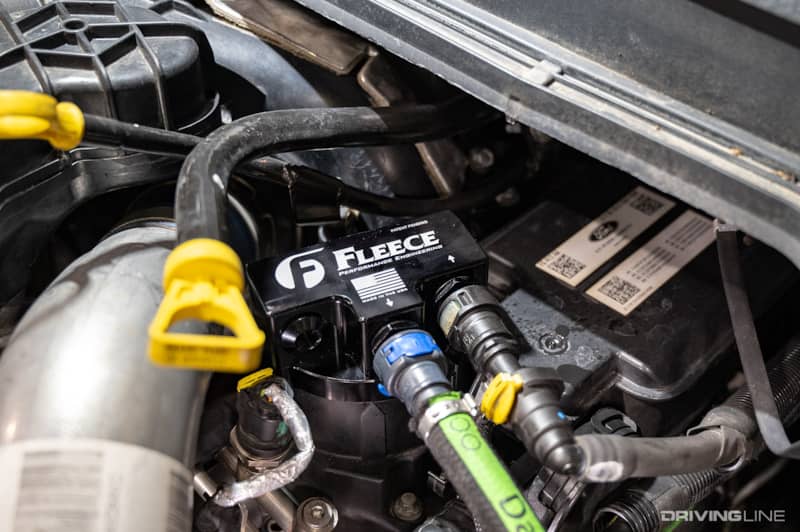
The 6.7L Power Stroke’s secondary fuel filter (not the one along the frame rail) is notorious for cracking. This on-engine fuel filter is contained within a thin plastic cartridge and the cap is prone to becoming brittle and splitting. If the cracks are serious enough, fuel can leak into the lifter valley, where—thanks to the 6.7L engine’s reverse cylinder head design—the steamy-hot exhaust manifolds are located. That’s right, the factory fuel filter assembly is a potential fire hazard. The ultimate fix is an improved, aftermarket filter cap, such as the anodized billet-aluminum piece from Fleece Performance Engineering shown here. The company’s all-inclusive fuel filter fix includes the aforementioned cap, quick-disconnect fittings and a pair of high-quality Donaldson spin-on fuel filters. The kit fits every 6.7L Power Stroke produced to date, from ’11-’24.
More From Driving Line
- Looking to make a little more power with your 6.7L Ford? Discover how to conquer this engine’s performance roadblocks right here.







